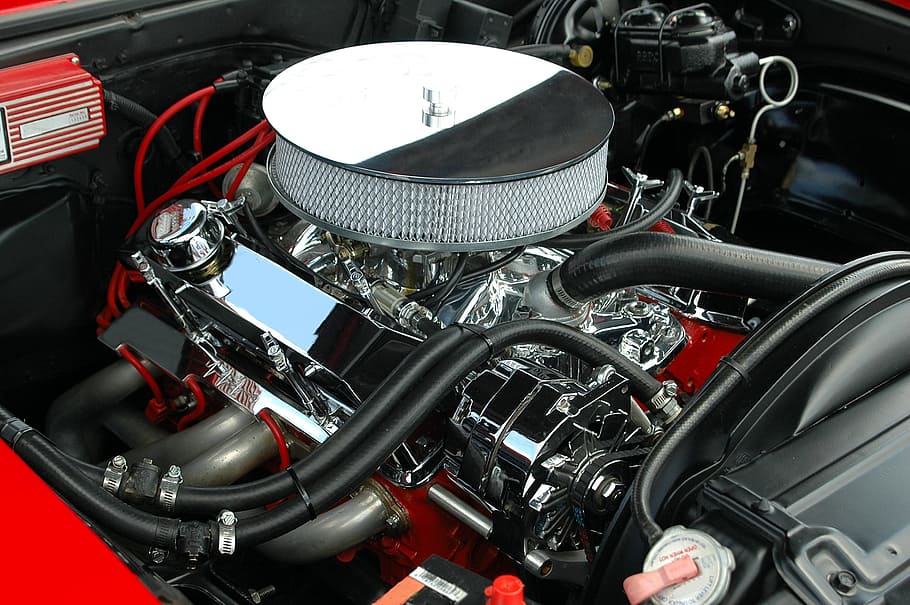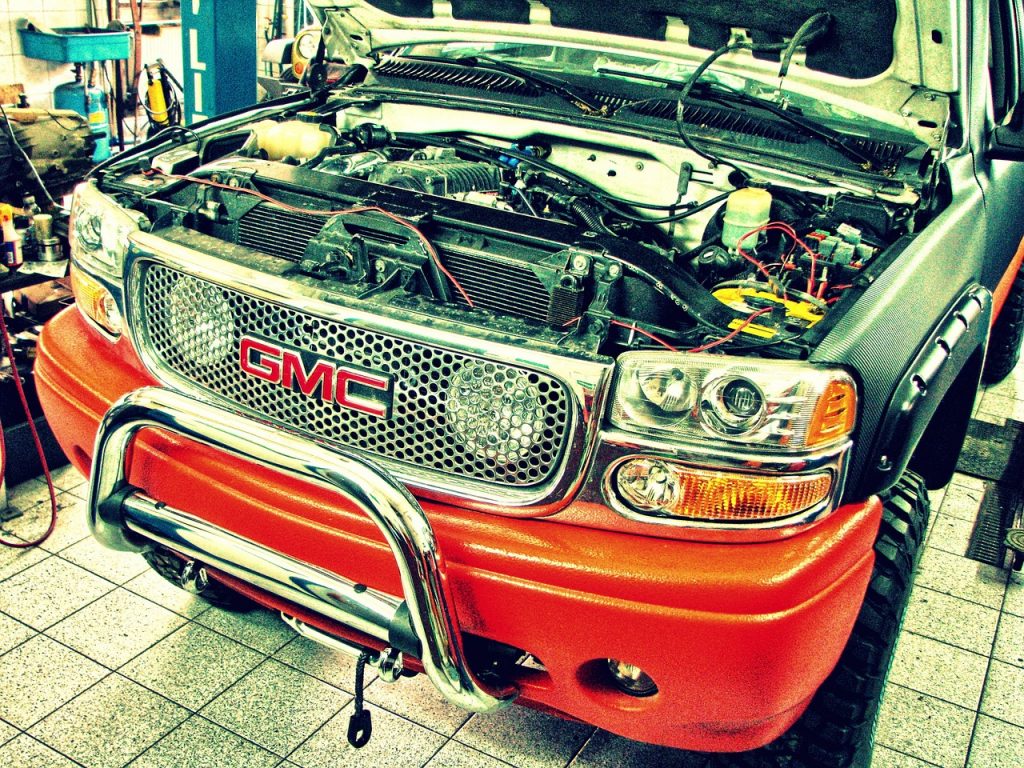Diesel Add-on Unit | Cars and Vehicles Topics
Contents
– Diesel add-on unit: its working principle
– Diesel add-on box: their characteristics
A diesel add-on unit is an electronic system designed to boost engine performance. Let’s explore the subject in detail!
Diesel add-on unit: how it works
An add-on unit is designed to increase the torque and power of a diesel engine by simply connecting it in parallel with the original electronic unit.
Origin of the engine torque
Whatever its type (gasoline or diesel), an engine produces a certain torque (and consequently a certain power) modulated by the accelerator pedal and allows the car to be propelled. Increasing the torque and power makes for a more dynamic and efficient vehicle. A greater quantity of air and diesel fuel must be admitted into the cylinders to achieve this in a given engine.
Features of a diesel engine

A diesel engine usually operates with an excess of air over diesel fuel. Therefore, it is easy at first sight to gain torque and power simply by increasing the quantity of diesel admitted in the cylinders. But this approach alone does not allow the full potential of the engine to be exploited; it can even be counterproductive and lead to the rapid degradation of the engine and its performance and an increase in polluting emissions.
Good to know: modern engines take into account many parameters to obtain the best compromise between pollution, performance and mechanical reliability at all times. Not taking all of these parameters into account inevitably distorts this compromise to varying degrees.
Additional diesel gearboxes: their characteristics
Many diesel engine add-on units are available on the market, with the common objective of improving performance. However, not all are equal.
Different types of gearboxes
There are mainly 2 categories of gearboxes:
– simple systems that allow the information provided by the sensors to be modified in the original electronic box so that the latter commands a higher fuel injection than the original one;
– more sophisticated systems can act on several parameters (injection time, injection sequence, injection pressure, turbo pressure, etc.) using the information provided by the original sensors and that contained in the original electronic box.
Good to know: contrary to the first systems, the more sophisticated boxes allow to keep some safety functions to preserve the engine integrity.
Advantages and limitations
Diesel add-on boxes are attractive for many reasons:
– They increase the performance and therefore the enjoyment of an engine, which is often under-utilized from the start;
– Unlike reprogramming the original gearbox (an alternative solution to improve engine performance), additional gearboxes can be easily installed and removed;
– They often cost less than reprogramming the original box;
– Some models allow the selection of different engine behaviours, including the original one, from the passenger compartment;
– Some sophisticated boxes allow a gain in performance while optimizing the whole engine operation, limiting the increase of polluting emissions, consumption and risks of premature wear or breakage.
However, it is essential to be aware of the constraints associated with an additional box before fitting it to a diesel engine:
– The most basic models disregard many parameters and may greatly compromise engine reliability;
– Low-end boxes also significantly increase pollutant emissions, especially black smoke, which is characteristic of poor engine management;
– All boxes increase the quantity of fuel injected to gain in performance, and the resulting consumption is generally higher;
Whatever the box used and its level of sophistication, increasing an engine’s performance means imposing greater mechanical stress on its internal components. The life of an engine equipped with an additional box is therefore logically reduced.
Regulations
Beyond the mechanical disadvantages linked to the use of an additional box, you should remember that any modification made to a vehicle requires, in theory, a new homologation.
In practice, these steps are tedious, and there is no guarantee that they will be successful. The vast majority of users of additional boxes do not make any declaration or approval.
Be careful: this choice should be made with full knowledge of the facts, knowing that in the event of a serious accident involving the intervention of an expert, the insurance companies will not assume their role if the vehicle has undergone a non-approved modification.
Prices
The price differences of the additional boxes available on the market are enormous:
– Under $300: you can find entry-level boxes for only a few dozen euros. These models should be avoided, as they offer average performance while implying a high risk of wear or breakage for the engine.
– Between $300 and $1000: serious gearboxes are available for about $300. There are more or less sophisticated models and more or less adapted to a given car. Some boxes are indeed designed to be specially adapted to one or several car models.
Good to know: it is possible to buy additional second-hand boxes for prices reduced by half or more. As these are electronic systems, it isn’t easy to judge their good working order by their appearance. As with new units, you should already be sure of their intrinsic qualities and their compatibility with your car.




